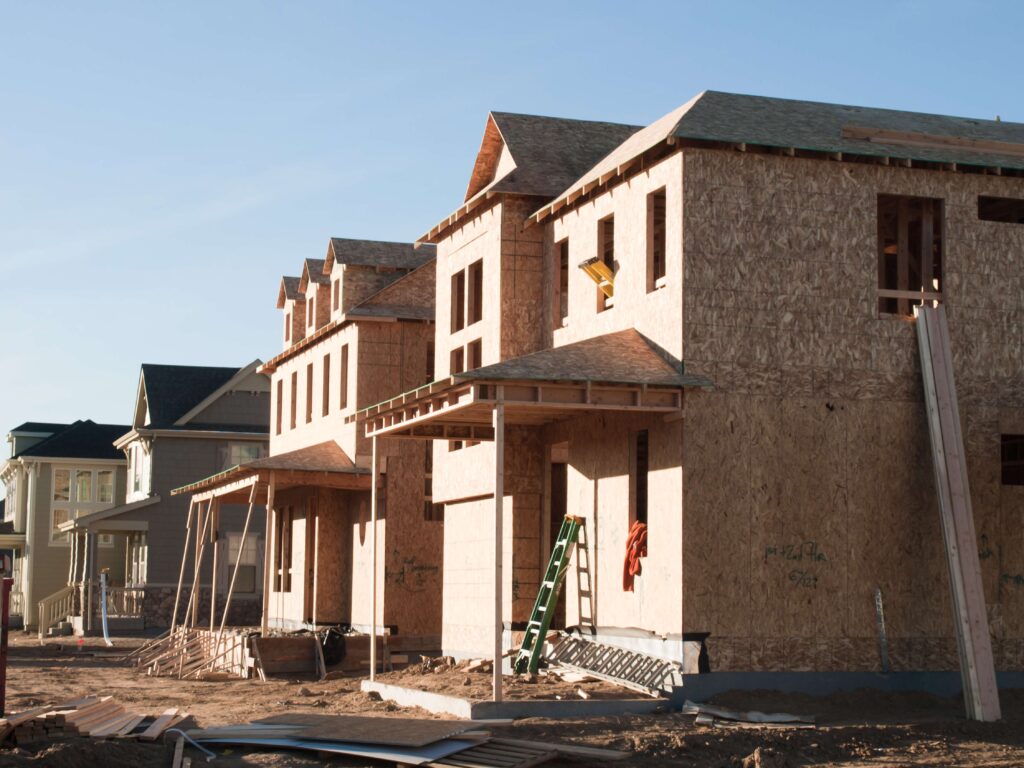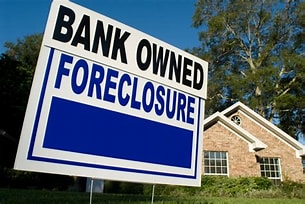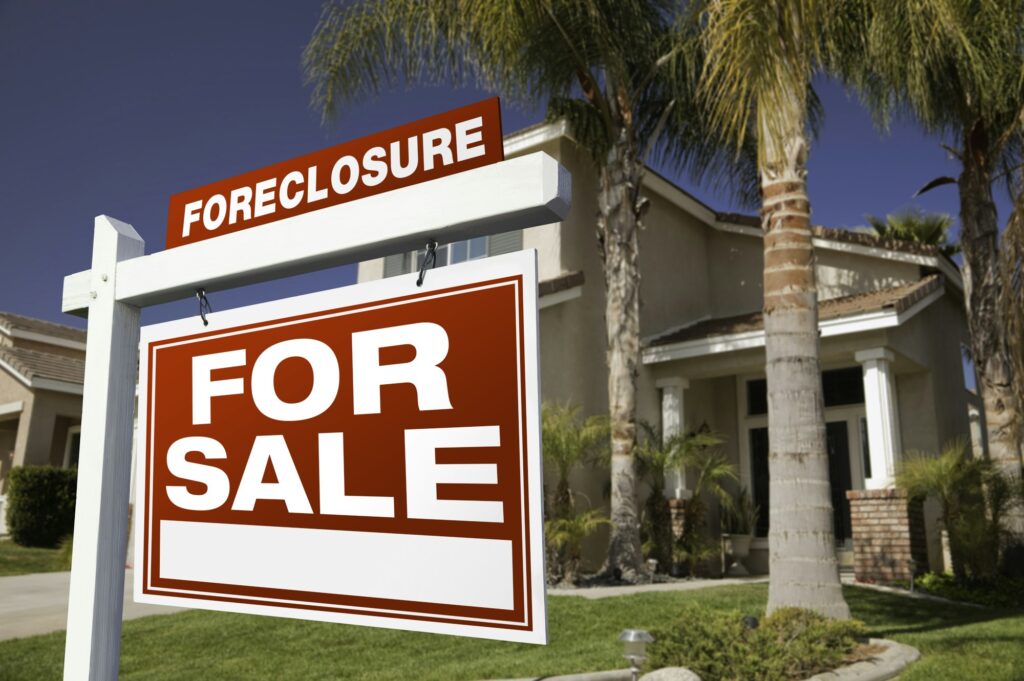Why Choose Venture REI for Real Estate Investment
When it comes to real estate investment, choosing the right partner is crucial for success. Venture REI is a trusted resource for all things residential real estate, offering expertise, comprehensive resources, and tools to help investors achieve their goals.
Expertise in Residential Real Estate
Venture REI specializes in residential real estate investment, providing investors with the expertise needed to navigate the market with confidence. Their team of professionals has in-depth knowledge of the industry, staying up-to-date with the latest trends and strategies. Whether you’re a beginner or an experienced investor, Venture REI can provide valuable insights and guidance throughout your investment journey.
Investing in fix-and-flip residential properties requires a deep understanding of the market, property valuation, and renovation strategies. Venture REI’s expertise in these areas ensures that investors have access to the knowledge and support necessary to make informed decisions. They can help you identify profitable opportunities, assess risks, and develop strategies to maximize your returns.
Comprehensive Resources and Tools
Venture REI offers a wide range of comprehensive resources and tools to support investors in their real estate endeavors. Their platform provides access to valuable educational materials, including articles, guides, and case studies, covering various aspects of residential real estate investment. Whether you’re looking for tips on finding underpriced homes, evaluating neighborhoods, or analyzing deals for profitability, Venture REI has you covered with informative articles, tips, and guides.
In addition to educational resources, Venture REI provides access to a variety of tools designed to streamline the investment process. These tools can help you evaluate market trends, analyze potential investment opportunities, and track the performance of your portfolio. With these resources at your disposal, you can make more informed decisions and stay ahead of the competition.
By choosing Venture REI as your preferred real estate investment resource, you gain access to their expertise and comprehensive resources. Whether you’re just starting out or looking to expand your portfolio, Venture REI can provide the knowledge, tools, and support you need to succeed in the world of fix-and-flip residential properties.
The Benefits of Fix-and-Flip Residential Properties
Investing in fix-and-flip residential properties can be a lucrative venture, offering several key benefits for investors. Let’s explore two significant advantages: quick return on investment and profit potential.
Quick Return on Investment
One of the primary attractions of fix-and-flip residential properties is the potential for a quick return on investment. Unlike long-term investment strategies, such as rental properties, fix-and-flip projects can typically be completed in a relatively short period, typically ranging from 6 to 12 months (RCN Capital). This shorter timeframe allows investors to recoup their initial investment and profits more rapidly.
By identifying distressed properties and renovating them to enhance their value, investors can take advantage of market demand and sell the property at a higher price point. The shorter holding period reduces the overall risk of the investment and allows investors to reinvest their capital in subsequent projects, potentially compounding their returns.
Profit Potential
Fix-and-flip residential properties offer significant profit potential for investors. The potential returns on investment can range from 20% to 50% of the initial investment (Investopedia). This high-profit potential often attracts both novice and experienced investors to this investment strategy.
To maximize profits, investors need to carefully evaluate the market, identify undervalued properties, and execute strategic renovations. By purchasing properties below market value and making targeted improvements, investors can increase the property’s market appeal, leading to a higher selling price. Additionally, by understanding the local real estate market trends and demand, investors can better estimate the potential profit margins for each project.
It’s important to note that while fix-and-flip investments offer substantial profit potential, they also come with financial risks, particularly for beginners. It’s crucial to conduct thorough due diligence, accurately estimate renovation costs, and carefully manage the project to ensure profitability (Groundfloor). However, with the right knowledge, resources, and support, fix-and-flip investments can be an excellent choice for both new and experienced investors seeking to generate returns in the real estate market.
As you explore the world of fix-and-flip investments, it’s essential to consider the various strategies, financing options, and key considerations for success. By leveraging the benefits of quick returns and profit potential, coupled with a well-executed investment strategy, investors can navigate the fix-and-flip market with confidence and potentially reap substantial financial rewards.
Finding Profitable Fix-and-Flip Opportunities
When it comes to fix-and-flip residential properties, one of the key factors for success is finding profitable opportunities. This involves researching real estate markets and evaluating neighborhoods to identify properties with potential for a successful flip.
Researching Real Estate Markets
Researching different real estate markets is crucial to identify profitable fix-and-flip opportunities. Each market has its own unique characteristics and factors that can impact the success of a fix-and-flip project. By understanding market trends, supply and demand dynamics, and economic indicators, investors can make informed decisions about which markets offer the best opportunities for flipping properties.
Conducting thorough market research involves analyzing data such as historical home prices, appreciation rates, rental market conditions, and vacancy rates. This information can help investors identify markets that are experiencing growth and have a strong demand for renovated properties. Online real estate databases, local market reports, and industry publications can be valuable resources for gathering market data and insights.
Evaluating Neighborhoods
In addition to researching real estate markets, evaluating the neighborhood of a property is essential in determining its potential for a successful fix-and-flip. The location of a property can have a significant impact on its value and ease of resale.
Investors should consider factors such as proximity to amenities (schools, shopping centers, parks), quality of schools, crime rates, transportation access, and overall desirability of the neighborhood. Properties located in desirable neighborhoods with good school districts tend to sell faster and at higher prices.
To evaluate a neighborhood, investors can drive around the area, visit local establishments, and talk to residents to get a sense of the community. Additionally, they can access online resources that provide neighborhood data, such as crime rates, school ratings, and demographic information.
By researching real estate markets and evaluating neighborhoods, investors can identify fix-and-flip opportunities that align with their investment goals. Understanding market trends and neighborhood dynamics allows investors to make informed decisions and maximize their chances of success in the fix-and-flip venture.
For more tips and strategies on fix-and-flip investments, check out our articles on finding underpriced homes, residential real estate investment trends, and evaluating neighborhoods for residential real estate investment success.
Strategies for Finding Fix-and-Flip Properties
When it comes to finding lucrative fix-and-flip properties, investors have a few strategies at their disposal. Two popular methods are exploring foreclosure listings and home auctions, as well as seeking off-market properties.
Foreclosure Listings and Home Auctions
Foreclosure listings and home auctions can be fruitful avenues for finding fix-and-flip properties at discounted prices. Properties in foreclosure or those scheduled for auction often present opportunities for investors looking to acquire properties below market value. These distressed properties may require renovations and repairs, but they can offer significant potential for profit.
To access foreclosure listings, investors can explore online platforms that specialize in providing up-to-date information on foreclosure properties in their desired market. These listings typically provide details about the property, its location, and the estimated value. It’s essential to conduct thorough research on the property’s condition and potential renovation costs before making a purchase.
Home auctions, whether conducted in person or online, can also be a valuable resource for finding fix-and-flip properties. These auctions provide an opportunity to bid on properties that have undergone foreclosure or are being sold by financial institutions. It’s important to come prepared with a pre-determined budget and a clear understanding of the property’s value to avoid overbidding.
Off-Market Properties
Off-market properties refer to properties that are not listed on the traditional real estate market. These properties may be privately owned or available through alternative channels. Off-market properties can offer unique opportunities for investors as they are typically not subject to the same level of competition as properties listed on the market.
To find off-market properties, investors can network with local real estate professionals, including agents, brokers, and wholesalers. Building relationships with these professionals can provide access to exclusive opportunities that may not be publicly advertised. Additionally, attending real estate networking events and joining investor groups can help expand your network and increase your chances of finding off-market properties.
Investing in fix-and-flip properties requires a keen eye and a proactive approach to find the best opportunities. By exploring foreclosure listings, attending home auctions, and seeking off-market properties, investors can uncover potential gems that offer the potential for profitable renovations. It’s important to conduct thorough due diligence on any property before making a purchase to ensure it aligns with your investment goals and renovation plans. For more tips and strategies on investing in real estate, visit our article on investment strategies for single-family homes.
Key Considerations for Fix-and-Flip Success
When it comes to successfully fixing and flipping residential properties, there are key considerations to keep in mind. These considerations include professional home inspections and calculating renovation costs accurately.
Professional Home Inspections
Conducting a professional home inspection is highly recommended before purchasing a property for a fix-and-flip project. Home inspections are crucial as they help uncover any hidden issues or potential problems with the property. By identifying these issues early on, you can make informed decisions and estimate repair costs more accurately (RCN Capital).
During a home inspection, a qualified inspector will thoroughly examine the property, assessing its structural integrity, electrical systems, plumbing, HVAC, and more. They will provide you with a detailed report highlighting any areas that require attention or repair. This information is crucial for creating a realistic budget and timeline for your fix-and-flip project.
Calculating Renovation Costs
Properly estimating renovation costs is essential for the success of a fix-and-flip project. It is crucial to have a detailed understanding of the repairs and renovations needed for the property. By accurately calculating renovation costs, you can create a realistic budget and avoid unexpected expenses that could eat into your potential profits.
When calculating renovation costs, it’s important to consider both material and labor expenses. Research the local market to get a sense of average costs for materials and labor in your area. It’s also wise to consult with experienced contractors or professionals who can provide accurate estimates based on their expertise. They can help you identify potential cost-saving measures or areas where you may need to allocate additional funds.
Keeping track of renovation expenses throughout the project is vital. Regularly review your budget and compare it to the actual costs incurred. This will help you stay on track and make any necessary adjustments to ensure that renovation costs do not exceed your estimated budget. Having a contingency cushion in the budget to account for unforeseen expenses is also advisable (Investopedia).
By conducting professional home inspections and accurately calculating renovation costs, you can mitigate risks and set a solid foundation for a successful fix-and-flip project. Remember, unforeseen expenses can arise, so it’s important to be prepared and work with experienced contractors to ensure your project stays within budget and on schedule.
Building a Successful Fix-and-Flip Team
A successful fix-and-flip project relies on having a reliable team of professionals who can efficiently handle the renovation process and ensure a smooth transaction. Building a network of experienced contractors and reliable real estate agents is essential for a successful fix-and-flip venture.
Experienced Contractors
Working with experienced contractors is crucial for accurately estimating renovation costs and completing the work within the projected timeline. These professionals possess the necessary expertise to identify potential issues, create a comprehensive renovation plan, and execute the required repairs and improvements. They play a key role in enhancing the value of the property and maximizing potential profits.
When selecting contractors for your fix-and-flip team, consider their experience in similar projects, their reputation in the industry, and their ability to deliver quality work. It’s important to obtain multiple bids and compare their estimates to ensure a fair and competitive price. Additionally, seek recommendations from other investors or real estate professionals who have had successful experiences with contractors.
A well-rounded contractor team may include professionals specializing in areas such as:
- General contracting
- Electrical work
- Plumbing
- Carpentry
- Painting
- Flooring
By building a network of reliable contractors, you can streamline the renovation process, avoid delays, and minimize cost overruns. Their expertise will help ensure that the property is transformed effectively and efficiently, increasing its market appeal and potential profitability.
Reliable Real Estate Agents
In addition to working with experienced contractors, collaborating with reliable real estate agents is vital for a successful fix-and-flip project. These professionals have in-depth knowledge of the local market and can provide valuable insights and guidance throughout the process.
A reliable real estate agent can assist with various aspects of the fix-and-flip project, including:
- Identifying potential properties for purchase
- Conducting market analysis to determine the after-repair value (ARV) of the property
- Negotiating favorable purchase prices
- Marketing the property for sale after renovations are complete
When selecting a real estate agent for your fix-and-flip team, look for individuals who have experience working with investors and understand the unique dynamics of the fix-and-flip market. They should be well-connected, have a strong network of potential buyers, and be able to effectively market the renovated property to maximize returns.
Working closely with a reliable real estate agent can help you navigate the intricacies of the real estate market, ensure a seamless transaction, and optimize your chances of a successful fix-and-flip venture.
By assembling a team of experienced contractors and reliable real estate agents, you can leverage their expertise and ensure a smoother and more efficient fix-and-flip process. These professionals will help you accurately estimate renovation costs, complete the necessary repairs, and market the property effectively, ultimately maximizing your chances of a profitable fix-and-flip investment.
Financing Options for Fix-and-Flip Investments
When it comes to investing in fix-and-flip residential properties, securing the right financing is essential. There are several options available to fund your fix-and-flip projects, each with its own advantages and considerations. Let’s explore three common financing options: cash, hard money loans, and private money loans.
Cash
Using cash to finance your fix-and-flip investment offers the advantage of a simplified and streamlined process. By eliminating the need for loan approval and the associated paperwork, you can quickly close the deal and move forward with your project.
Purchasing a property with cash also allows for greater negotiation power, as sellers often prefer cash buyers due to the certainty of the transaction. Additionally, without monthly loan payments, you can focus on the renovation process and potentially maximize your profits.
However, it’s important to consider the potential downsides of using cash. Tying up a large amount of capital in a single investment may limit your ability to pursue other opportunities. Moreover, if unexpected expenses arise during the renovation, you may need additional funds. Careful financial planning and reserve funds are essential when utilizing cash for fix-and-flip investments.
Hard Money Loans
Hard money loans are a popular choice among real estate investors for fix-and-flip projects. These loans are typically provided by private lenders or investor groups and are based on the value of the property being purchased rather than the borrower’s creditworthiness.
One of the main advantages of hard money loans is the fast approval process. Compared to traditional bank loans, hard money lenders can evaluate and approve applications more quickly, allowing investors to move swiftly on profitable opportunities. Additionally, hard money lenders are often more flexible in their lending criteria, making them accessible to investors with less-than-perfect credit.
It’s important to note that hard money loans often come with higher interest rates and shorter loan terms. However, due to the short-term nature of fix-and-flip projects, these loans can still be a viable financing option. Before securing a hard money loan, carefully assess the terms and ensure that the potential profit from the property justifies the associated costs.
Private Money Loans
Private money loans, also known as private loans or peer-to-peer loans, involve borrowing from individuals or private investment groups. These loans offer more flexibility than traditional bank loans and are often based on relationships and trust between the borrower and lender.
Private money loans can provide financing for fix-and-flip projects with competitive interest rates and terms. Since the terms are negotiable, you have the opportunity to customize the loan to align with the specific needs of your project. Private lenders may also have a deeper understanding of the local real estate market, allowing for more tailored financing solutions.
To secure a private money loan, it’s important to establish a strong network within the real estate investment community. Building relationships with potential lenders and demonstrating a track record of successful projects can increase your chances of obtaining private financing.
Before deciding on a financing option, carefully evaluate your specific project, budget, and goals. Consider consulting with a financial advisor or real estate investment professional to help you make an informed decision. Remember, the right financing can greatly impact the success of your fix-and-flip investment.








